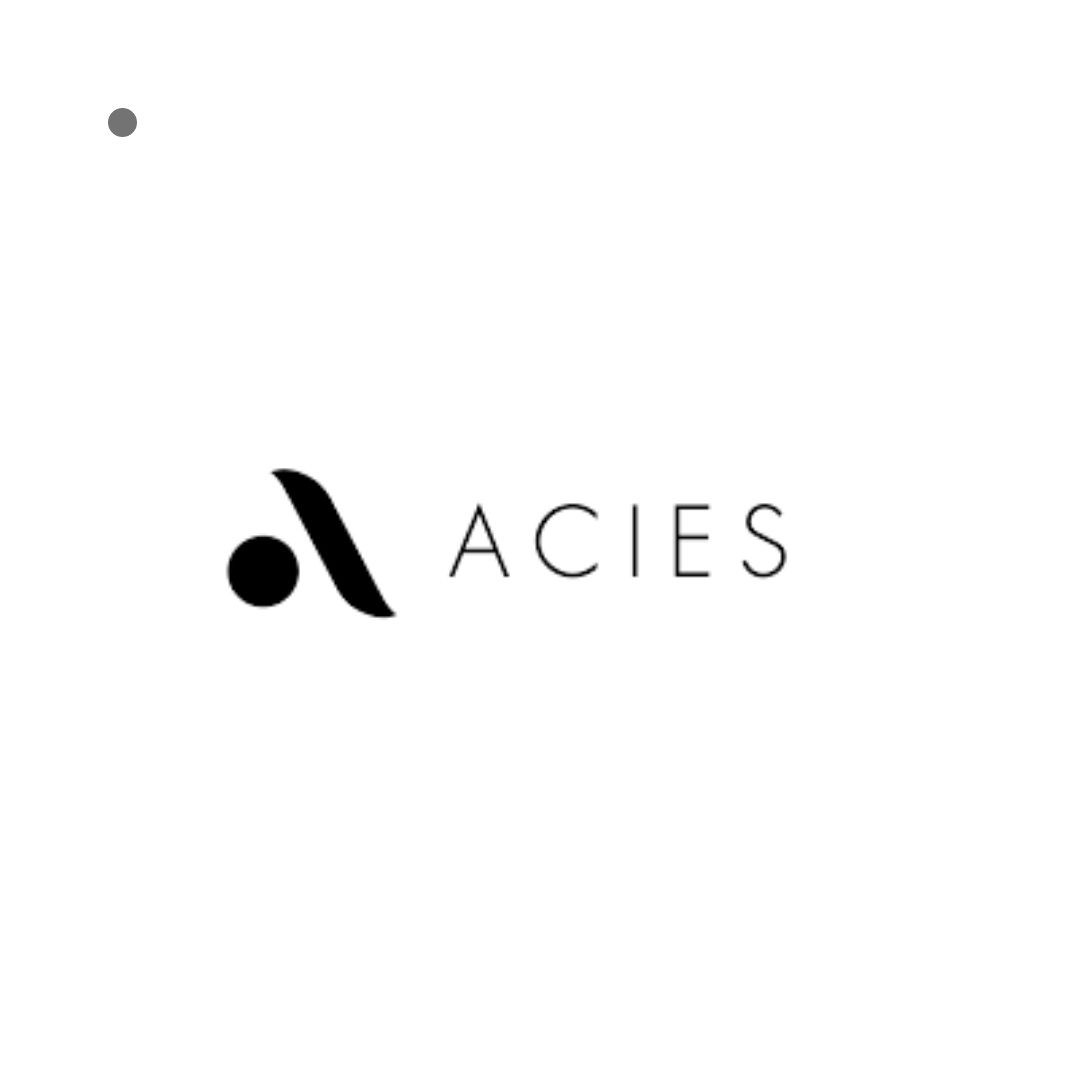Acies is a leading multi-national firm in the technology and advisory space, strives to provide practical and tangible outcomes rooted in the use of new generation technologies and applications. Their business verticals are focused on innovation, speedy implementation, skilling, and scaling organizations to help achieve growth and sustainability. Acies focuses on providing advisory and implementation services, technology applications and platforms, content and learning and development solutions, and strategic investments.
Recently Team IT-Voice had an opportunity to interact with Mr. Muzammil Patel, Global Head Strategy and Corporate Finance at Acies. He took out time to answer questions related to No-Code Development Platforms and the organization. Here is an excerpt from the interaction.
Prateek: There is a common assumption amongst the users about higher security threats related to No-Code Development Platforms. How true is it?
Muzammil Patel: No-code development platforms (NCDPs) are as secure as traditional enterprise-grade applications if not more. Since no-code development platforms are pre-architected and each new application does not involve writing new code, the chances of introducing fresh vulnerabilities with each new application are much lower than traditional development methods. That being said, it is important that the same yardsticks for rigorous testing and vulnerability assessments are applied for no-code platforms as for traditional development methods.
Prateek: Most of the applications and programs are developed by seasoned programmers, NCDPs could be developed by non-technical users as well. How well it integrates with the banking and financial services domain?
Muzammil Patel: No-code development platforms are likely to play a significant role in digital transformation initiatives relating to customer engagement and employee engagement/ productivity. The increasing proliferation of open API architectures will enable no-code platforms to integrate and fit seamlessly into the existing banking technology architecture. Over the next few years, no-code platforms are expected to increase their footprint in core applications of banks.
Prateek: Could No-Code Development Platforms be considered the game-changer in the Indian tech startup market?
Muzammil Patel: Start-ups need to build products rapidly and take market feedback. Very often, they are required to make significant business model adjustments and pivot and innovate based on market feedback. Traditional development methods make it very costly to pivot or innovate and put an increasing strain on initial funding and decisions on the allocation of capital. No-code development platforms give start-ups an opportunity to build rapidly, make adjustments, innovate on the product to address market demands and customer behavior, and make business model changes without putting strain on capital allocation.
Prateek: What are some of the benefits of NCDPs for non-technical startups?
Muzammil Patel: Most start-ups today are either technology-based technology-enabled. Start-up founders struggle in identifying and engaging the right co-founders who have the requisite tech knowledge. Architecting end-customer solutions tend to be a tedious and expensive proposition. No-code development platforms allow start-up founders to convert their vision into reality without worrying about architecting or over-relying on a tech co-founder. It allows start-ups to focus on the delivery of core business to meet customer objectives without worrying too much about the technical aspects.
Prateek: What are some of the challenges that NCDPs developers face?
Muzammil Patel: No-code development platforms while being extremely flexible to any end-user, at the same time require resident developers to understand the different ways in which the platforms can proliferate various outcomes as required by different kinds of end-users and continuously focus on developing such tools to address such requirements. Given the flexibility, it becomes important for resident developers to understand and imbibe best practices and learnings from prior developments into their design thought process. No-code development platforms also allow for significant flexibility in developing the UI and UX. Existing UI and UX skill-sets are likely to require alignment to the architecture of no-code platforms. No-code development as a discipline requires a cultural change in organizations to adapt to a faster and nimbler way of building applications. For organizations to extract maximum value from NCDPs, they will need to change the current IT culture and SDLC processes.
For any such interaction opportunities, you may write to us at [email protected].



